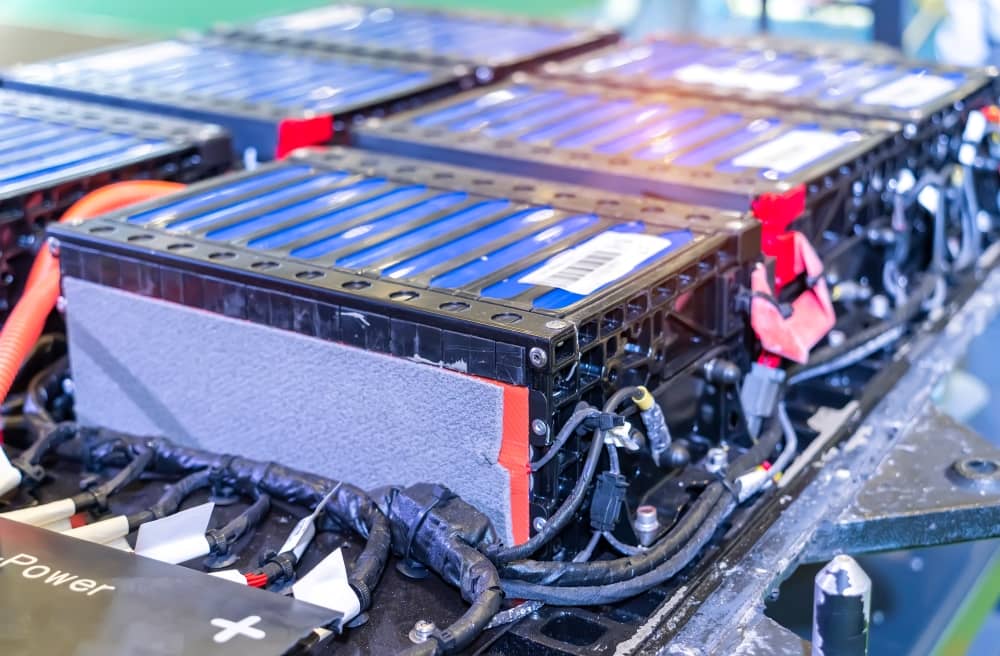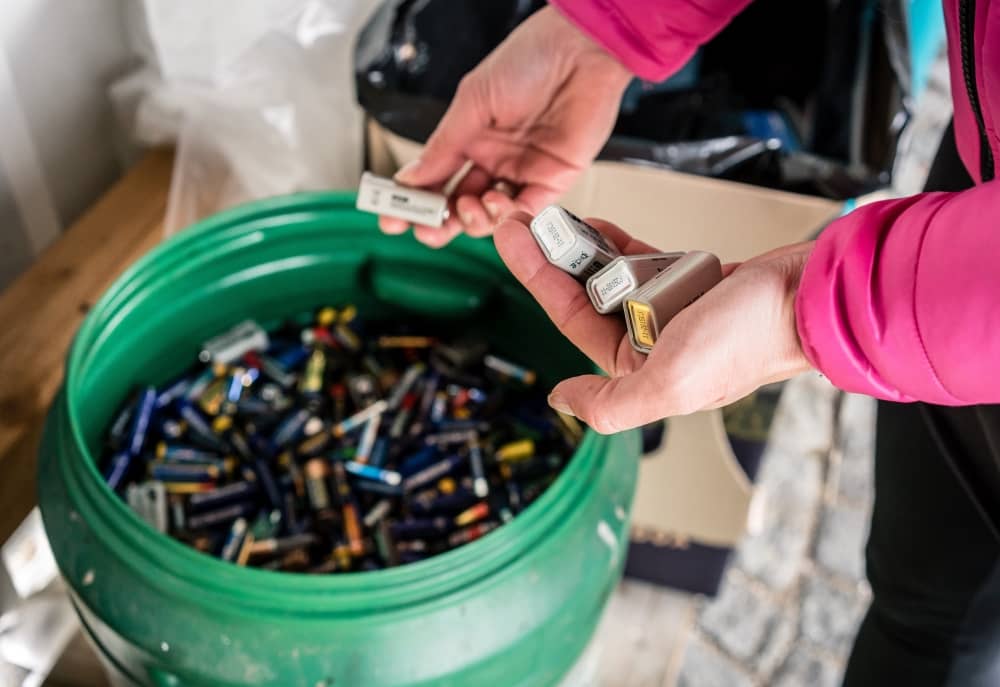It is nearly impossible to find a home or workplace in Western Australia that does not depend on lithium batteries in some form. They’re in everything from mobile devices, power tools, to electric vehicles. As such, it’s not surprising that people are asking what are the dangers of lithium batteries. However, are lithium-ion batteries dangerous? And if so, how can I prevent them from becoming e-waste? Read on for an accurate answer.
What are lithium batteries?
A lithium battery is a rechargeable battery that is charged and discharged as lithium ions move between the positive and negative electrodes. This type of battery that can charge and discharge multiple times is also known as a secondary battery.
In addition to the ability to recharge, lithium-ion batteries can store high-capacity power. This storage makes the battery ideal for various applications, including consumer electronics, industrial robots, production equipment, and vehicles.
Are lithium batteries dangerous?
The answer is: it depends. Even though lithium-ion batteries are manufactured with electronic and mechanical safety mechanisms, lithium is a volatile and highly flammable substance. While usually safe, with improper handling, lithium-ion batteries have the potential to malfunction and cause various degrees of damage.
Potential errors include:
- Battery leaks
- Internal short circuits (damage to battery cells)
- External short circuits (faulty wiring)
- Exposure to fire or water
What are the dangers of lithium batteries?

The top li-ion battery dangers are:
- Fires
- Explosions
- Emission of toxic fumes
- Thermal runaway
A thermal runaway is a hazardous phenomenon that can happen when a li-ion battery fails. In these cases, there is a heat-releasing disintegration of the battery cell. This leads to the battery rupturing and creating a thermal explosion.
Two hazardous features of thermal runaway fires are they burn at incredibly high temperatures (400°C and higher) and that this type of fire is massively difficult to extinguish with typical fire safety equipment.
The key to extinguishing a thermal runaway is using a lithium-ion gel extinguisher. These are created to smother the fire and are effective in combatting this sort of fire. However, there are nowhere near enough gel extinguishers, given the widespread use of lithium batteries.
Additionally, when a lithium-ion battery fire seems to be put out, it can reignite. The most challenging aspect of reignition is that it can occur hours or even days later.
What are Signs a Lithium Battery Could Be Failing?
Because the heat from a lithium-ion battery fire can reach extreme temperatures (more than 400°C) in a matter of seconds, knowing signs of a potential failure could save your property or your life.
These signs include:
- Excessive heat
- Strange odour
- Unusual noises
- Leaking
- Change in colour
- Altered shape
If you notice any of these signs, stop using the device, ensure it is not near flammable items, and call emergency services.
How can I charge lithium batteries safely?

You must remember, overcharging can cause battery failure and some of the hazards mentioned earlier. Once fully charged, continuing to charge can potentially lead to overheating and fires.
Remember that partial discharge cycles are a safe way to extend your li-on battery’s life. Just adjust the amount of time you allow the battery to remain charging so you are not overcharging.
Also, charge the lithium batteries away from flammable materials. For example, do not plug your mobile phone into its charger, toss it on the sofa, and walk away.
What is the best way to store lithium batteries safely?
To keep your li-on batteries safe while in storage, we recommend:
- Storing the batteries in an anti-static bag to reduce the chances of a spark from friction.
- Keeping lithium batteries in a cool and dry location.
- Storing the li-on batteries in small quantities (f a battery failed within an extensive collection, the result could be devastating).
- Applying a bit of sticky tape to any exposed connectors to guard against fire.
- Ensuring your lithium-ion batteries are stored in a secure location away from any potential puncturing or other structural damage to the battery
Safe lithium battery disposal
To prepare your batteries for safe disposal, separate them from your regular rubbish and applying a thin piece of sticky tape around the terminals of the batteries to prevent fires.
Once prepared, you can deliver your lithium batteries to a scrap yard that accepts them (such as us) or call to arrange a pickup.
Conclusion

FAQs
What should I do to make my batteries safe to bring to a recycling facility?
To make lithium-ion batteries safe for recycling, it is recommended to tape the battery terminals or place them in individual plastic bags to prevent short circuits.
How can I identify what products have Li-ion batteries in them?
Li-ion batteries are commonly found in electronic devices such as smartphones, laptops, tablets, power tools, and electric vehicles.
Why shouldn’t Li-ion batteries be put in the municipal or household recycling bin?
Li-ion batteries can cause fires during transport or at recycling facilities. They require special handling and recycling processes to ensure safety and prevent environmental hazards.
Why is recycling Li-ion batteries important?
Recycling li-ion batteries helps recover valuable materials and reduces the environmental impact of extracting and processing raw materials. It also prevents potential hazards associated with improper disposal.







